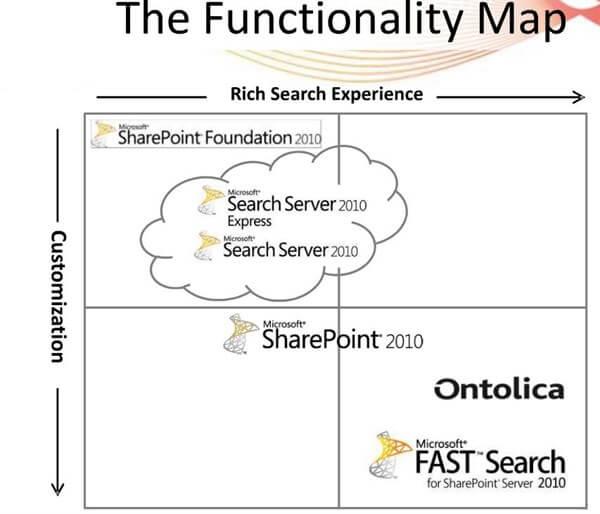
Track SharePoint Content Database Growth via Central Admin
Blog PostsFollowing on from a recent post I made about a SharePoint health analyzer rule that can be used to automatically expand a SharePoint content database outside of normal working hours, I wanted to create a solution for monitoring content databases growth over time via central admin. Here’s what I came up with:

